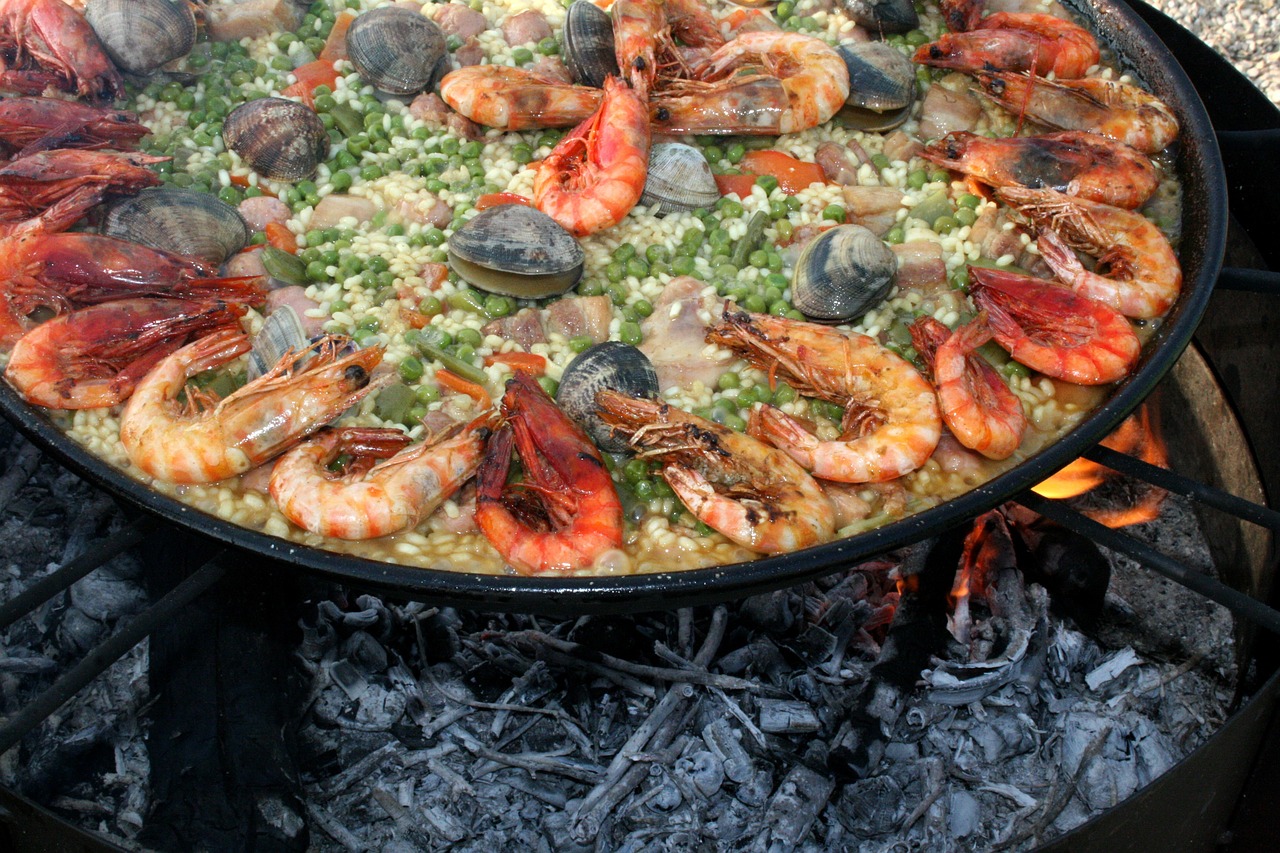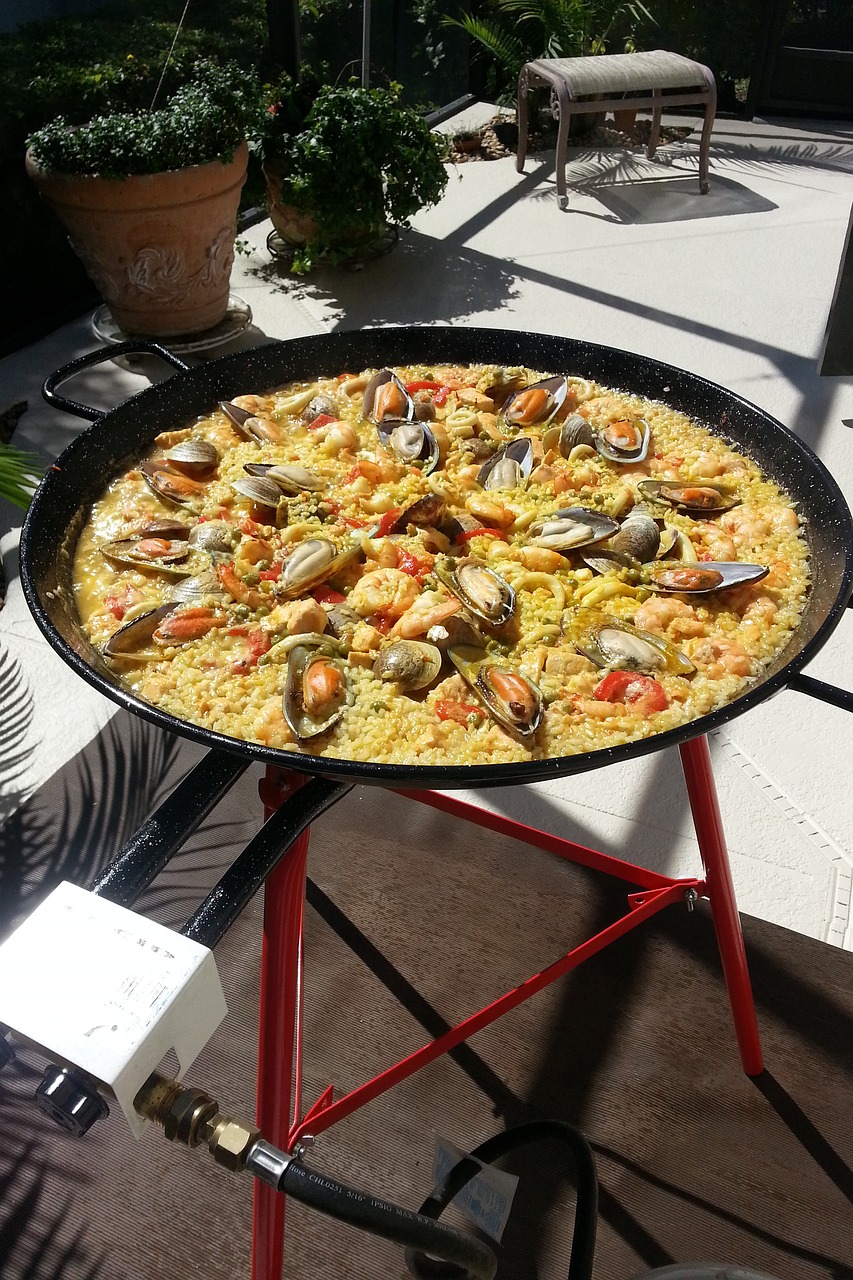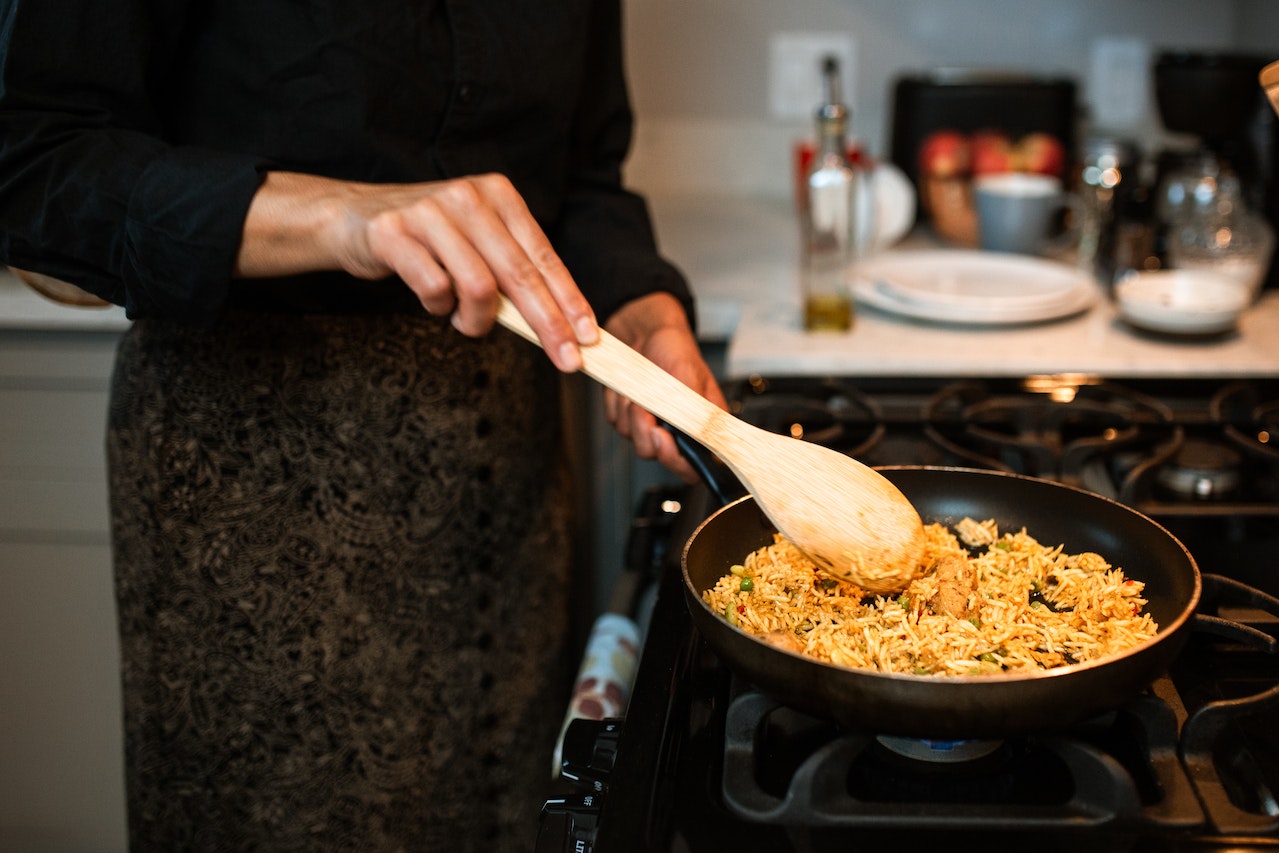Spanish cuisine is renowned for its rich flavors and vibrant culinary traditions. Among the many iconic dishes that have captured the world’s attention, one stands out as a symbol of Spanish gastronomy—paella. This delectable rice-based dish has a history that spans centuries and continues to captivate food enthusiasts with its tantalizing flavors and colorful presentation. In this article, we delve into the origins, ingredients, and cultural significance of Spanish paella, exploring why it remains a beloved culinary masterpiece.
Origins of Paella
The origins of paella can be traced back to the Valencia region on the eastern coast of Spain. It is believed that this dish emerged as a humble farmer’s meal, with farm workers utilizing available ingredients to create a satisfying one-pot meal. The word “paella” itself refers to the wide, shallow pan in which the dish is traditionally cooked. Over time, paella gained popularity, evolving into a cherished regional specialty before capturing the hearts and taste buds of people around the world.

Ingredients and Preparation
At its core, paella consists of rice cooked with a combination of proteins, vegetables, and aromatic spices. While there are numerous variations of paella, the most iconic version is known as paella Valenciana. This authentic recipe typically includes short-grain rice, saffron, chicken, rabbit, green beans, tomatoes, and often snails. Seafood paella, another popular variation, features a medley of shrimp, clams, mussels, and sometimes squid.
The preparation of paella is a meticulous process that requires skill and patience. The rice is usually cooked with a flavorful broth made from meat or seafood, allowing it to absorb the rich flavors while achieving the signature socarrat—a crispy, caramelized layer at the bottom of the pan. The dish is traditionally cooked outdoors over an open fire, adding an element of spectacle to the culinary experience.
Cultural Significance
Spanish paella is more than just a dish; it embodies the essence of Spanish culture and fosters a sense of community. In Spain, paella is often enjoyed during festive gatherings and family celebrations, where friends and loved ones come together to savor this culinary delight. The act of preparing and sharing paella has become a cherished social ritual, bringing people closer and reinforcing bonds.
Beyond its cultural significance within Spain, paella has gained international recognition and popularity. Its flavors and vibrant colors have made it a staple on menus across the globe, often representing Spanish cuisine at its finest. Paella has become a symbol of the country’s warm hospitality and zest for life, inviting people from different cultures to experience the richness of Spanish culinary traditions.

Spanish paella is a true culinary masterpiece, reflecting the rich heritage and diverse flavors of the country. From its humble origins as a farmer’s meal to its status as an internationally recognized dish, paella continues to captivate food enthusiasts with its enticing aroma and delightful taste. Whether enjoyed in the bustling streets of Valencia or at a Spanish restaurant halfway around the world, paella brings people together, celebrating the shared joy of good food and memorable moments. So, the next time you crave an authentic taste of Spain, indulge in the tantalizing flavors of paella—it’s an experience you won’t soon forget.
